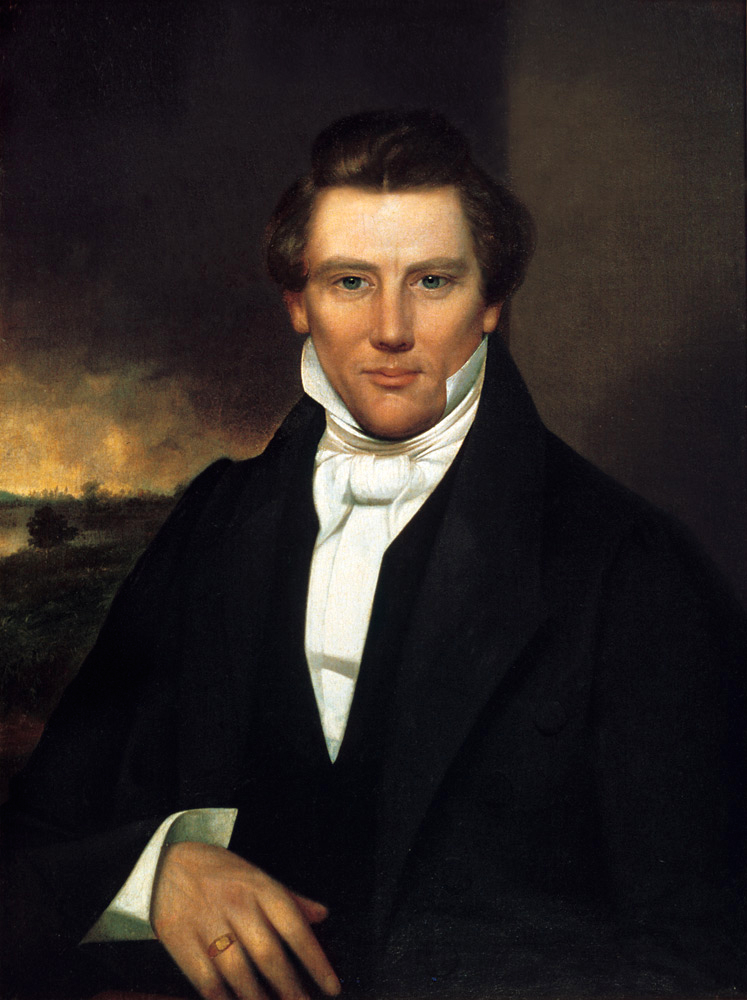Joseph Smith’s fourth surgery saved his leg
Between 1811 and 1814, there was a significant typhoid outbreak in New England. Typhoid caused Joseph Smith to experience excruciating fevers, which led to an abscess in his shoulder. His shoulder was lanced during the first surgery to remove any infection-causing material.
It is believed that through his bloodstream, the bacteria from the shoulder abscess traveled to the tibia of his left leg. The infected leg eventually started to swell. After three weeks of excruciating pain on Joseph's infected leg, the second surgery was performed. Between Joseph's knee and ankle, Dr. Stone, a surgeon from Hannover, made an eight-inch incision. Joseph continued to experience pain as the wound recovered. A longer incision was used during the third surgery. Unfortunately, as the healing process advanced, the swelling grew even more.
The fourth surgery was a test procedure. In order to remove the infected bone from the internal cavity, it was necessary to cut through new bone growth. In America, amputation was the only option since this was unheard of. The challenging leg surgery was carried out by Dr. Nathan Smith, the primary surgeon. During the procedure, nine sizable pieces of bone were removed. The surface of the wound was also cleared of an additional fourteen pieces.










